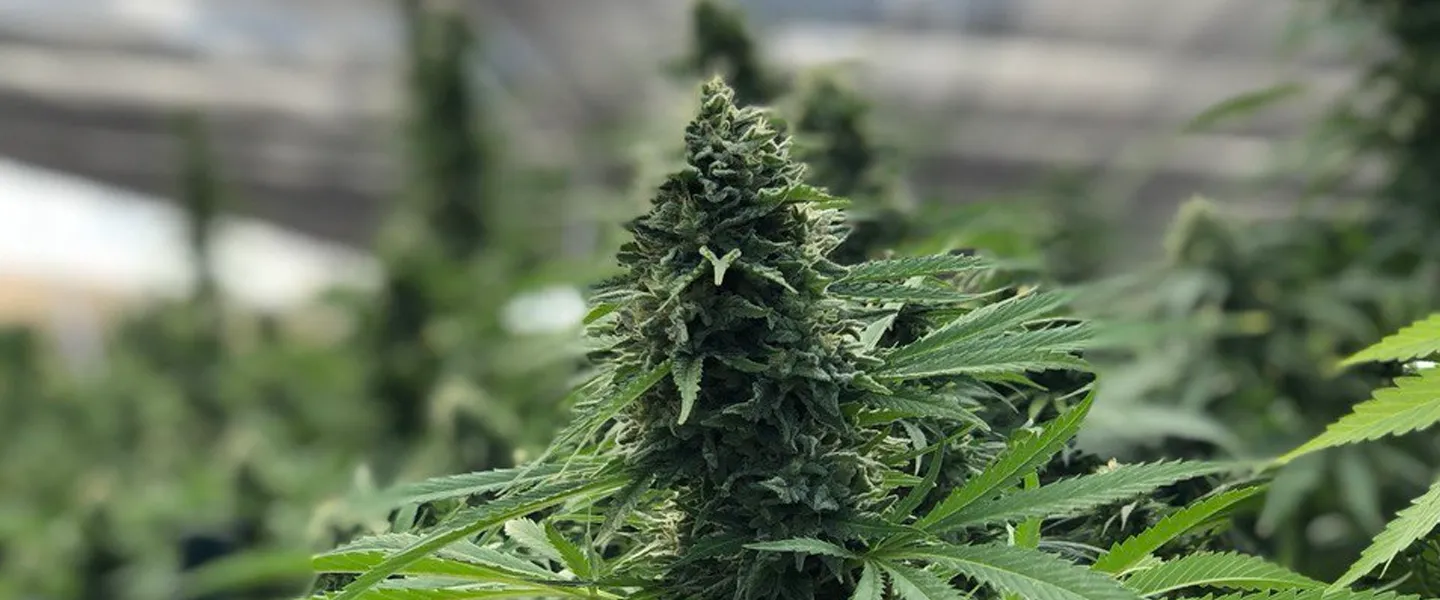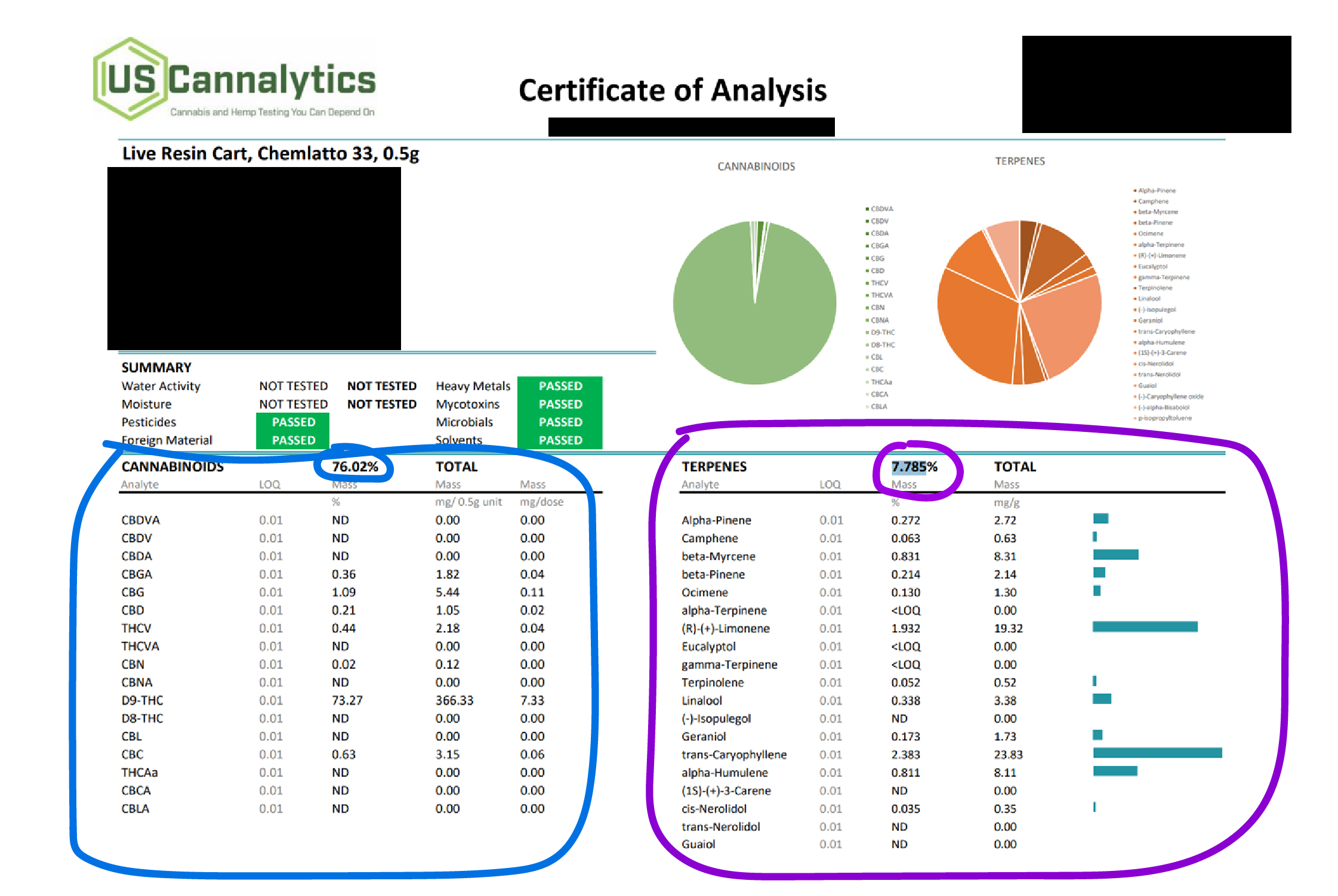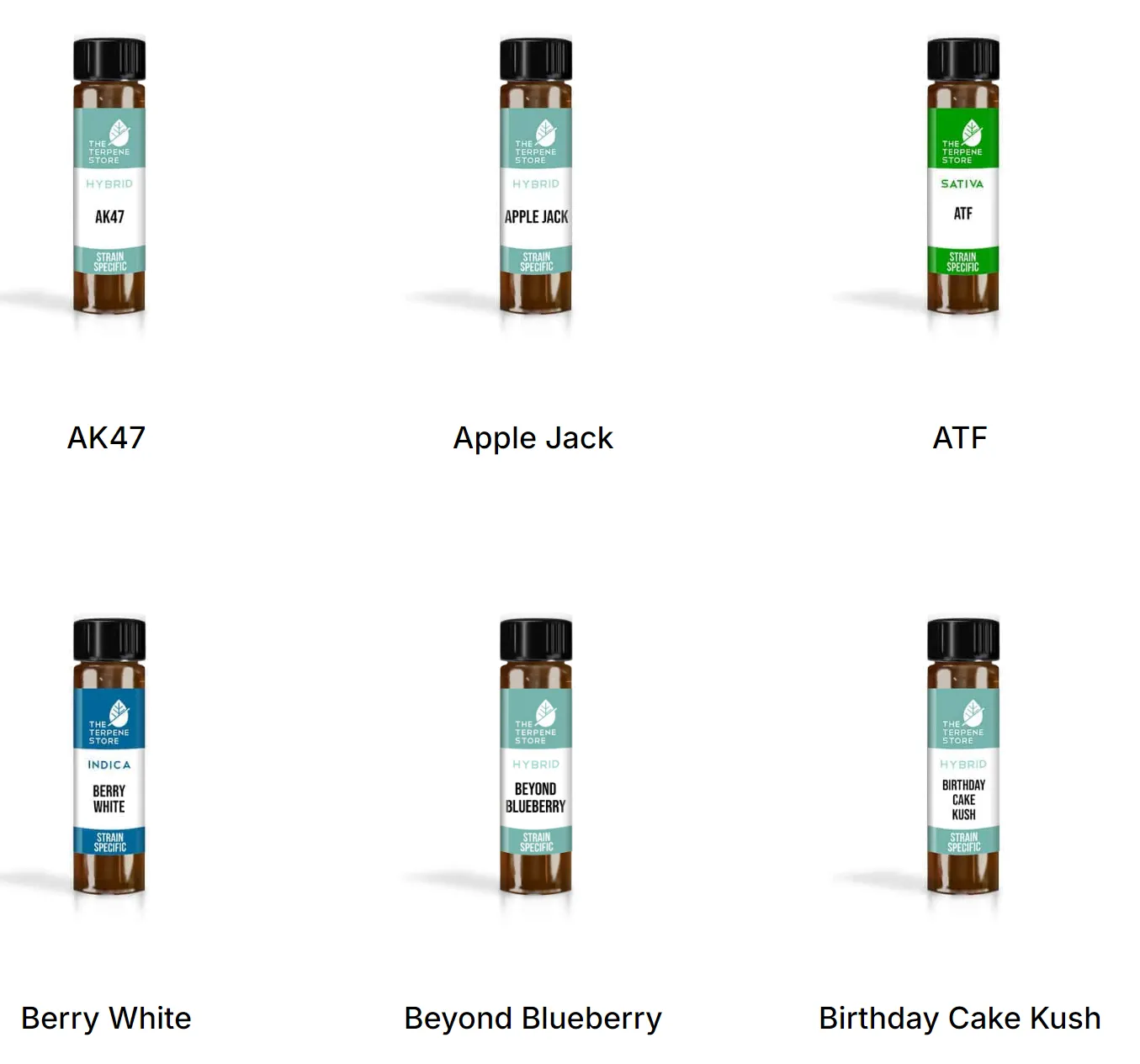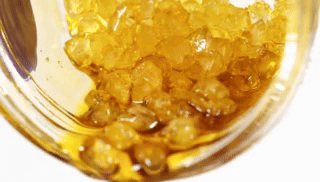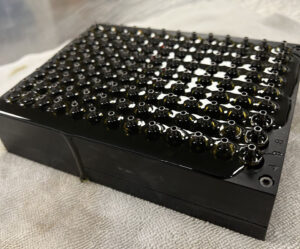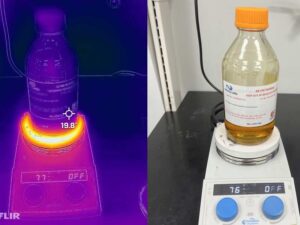When it comes to formulating vapes, there are 4 main types of terpenes: monoterpene / monoterp blends, steam or vacuum-distilled terpenes, cannabis / hemp derived, and botanical terpenes. Learn about where they come from, how they are used in cannabis formulations, and how to read a basic Certificate of Analysis (COA) to see terpene percentages in products.

